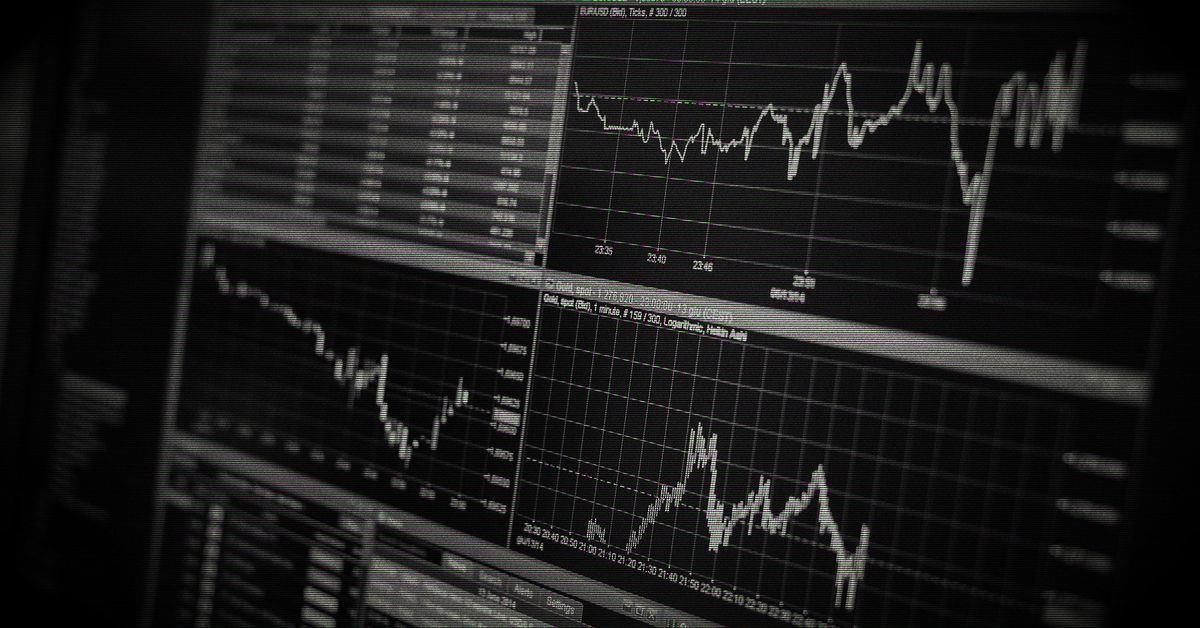Major cryptocurrencies inched higher over the weekend and Asian and European equity markets rose Monday as investors waited for Tuesday’s U.S. inflation report.
Some economists expect the data to show inflation slowed for a second straight month in August, figures that might influence the Federal Reserve (Fed) to turn less hawkish in its outlook.
Japan’s Nikkei 225 stock index gained as much as 1.69% Monday, while the Stoxx Europe 600 rose 0.83% and Germany’s DAX added 1.57%. The euro jumped to a more than three-week peak against the dollar as European Central Bank officials pushed for further aggressive monetary tightening.
Two months of falling gasoline prices – down 8% in July and 13% in August – could fuel another year-on-year decline in the consumer price inflation report, economists at crypto fund GlobalBlock said in an email to CoinDesk.
In the past 24 hours, bitcoin (BTC) has gained 3% to more than $22,000, adding to its 13% rally last week. It dropped to almost $18,700 at one point in the previous seven days. Ether (ETH) traded just under $1,800, while solana (SOL) and BNB tokens added 5%.
Near Protocol (NEAR) tokens also rose as code overseer Near Foundation announced a $100 million ecosystem fund on Monday. Elsewhere, Luna Classic (LUNC) lost some 20% in the same time period as the hype around a recent fundamental catalyst cooled.
Analysts at trading firm Exness said in a Monday note that while bitcoin benefited from the fall in the dollar value as investors moved toward riskier assets, the asset could see a “new round of price corrections” if the U.S. inflation data turned out poorer than forecast.
The analysts, however, say they expect ether to outperform bitcoin in the coming weeks if its Merge event goes as planned. Peers such as cardano (ADA) and solana could also see some selling pressure from ether’s progress, they said.
Matt Senter, the co-founder of bitcoin rewards app Lolli, told CoinDesk that bitcoin’s 10% recovery from last week’s nadir, the lowest level since mid-June, reflected the leading cryptocurrency’s resilience amid adverse market conditions.
“While bitcoin’s recent price movements have made headlines, it has remained relatively stable and strong this summer, trading consistently within a band of $18,00-$24,000,” Senter said. “While bitcoin is down by more than 50% from its all-time high, it continues to perform strongly compared to more than a third of the top 100 cryptocurrencies, which are down by roughly 90% from their respective all-time highs.”
Headwinds for bitcoin’s continued recovery remain, however.
“September has historically been a bleak period for bitcoin’s price; during the same five-year period, bitcoin has averaged an 8.5% drop in September,” Senter said, cautioning that the Fed’s projections of persistent inflation and further rate increases could cause the “hyper-sensitive” crypto and equity markets to see price fluctuations.







